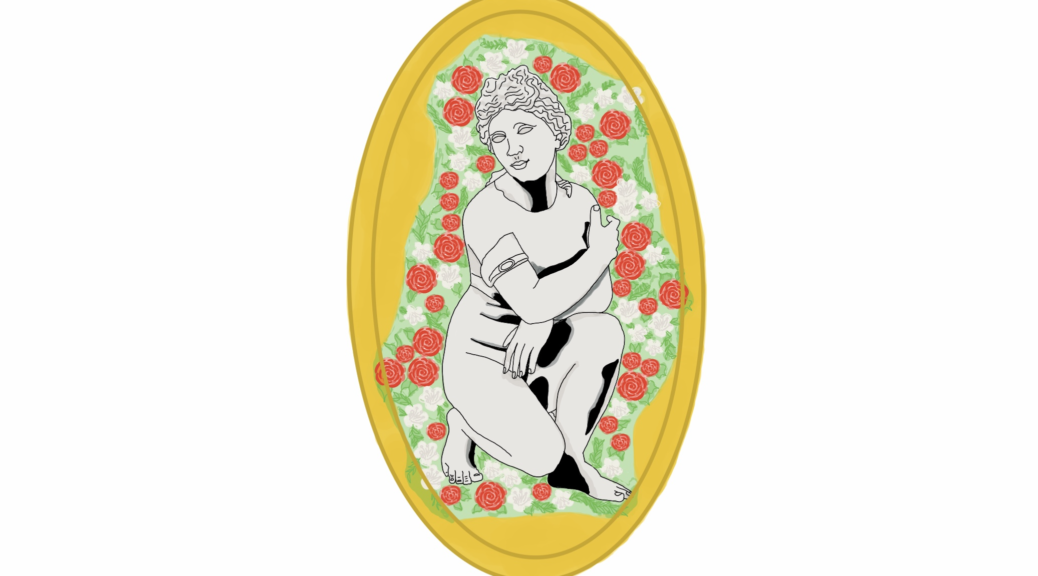
Spartacus (1960) Reflection
Besides hearing references throughout my life to the famous “I’m Spartacus!” scene from the movies, I have never actually watched a movie about the life of Spartacus. Spartacus being a familiar name and movie, I chose to watch Spartacus, the movie from 1960. The movie begins in a time of corruption in ancient Rome where slaves were forced to endure tough and laborious tasks along with incredible abuse. Spartacus is a slave who is very rebellious and rather disobedient. He is purchased by a business man who sends him to gladiatorial school where he continues to be abused. He forms a relationship with Varinia, a woman slave who is also subject to abuses as due to her destitute position and expectation of sexual favors. Crassus purchases Varinia to use her for entertainment. Spartacus is then forced to fight three other men in a show for Crassus and his counterparts. One of the men in the fight, spares Spartacus’s life and tries to attack the wealthy Romans in the crowd, however, he is killed by Crassus and a guard. Soon after, Varinia is taken away by Crassus and Spartacus kills Marcellus, which begins a fight between the guards and the gladiators. The gladiators win this fight and escape to the rural countryside. Spartacus is made a leader of the army of slaves and many join their group along their journey to leave Italy. Varinia ends up escaping from Crassus and joins the slave army where she becomes impregnated by Spartacus and ultimately becomes his wife. During this, there is political turmoil in the Roman Senate as they unable to beat the rebel army even after sending multiple armies to defeat them. There is strife between Crassus and Gracchus who are fighting for power in the Senate. Julius Caesar is employed by Gracchus to command the military to defeat Spartacus, but when he finds out that Gracchus tried to bribe people to help rid Italy of Spartacus, Caesar sides with Crassus. A Senate Consultum Ultimum is passed to give Crassus ultimate power and Spartucus’s slave army ends up surrounded by Crassus’s forces. This is when the famous “I’m Spartacus” scene happens when every member of the rebel army identifies as Spartacus to protect his true identity. All of the members of the army are sentenced to crucifixion by Crassus. Crassus finds Varinia, but she rejects him causing him to retaliate by making Spartacus and fight Antonius to death. However, he makes the rule that the survivor of the fight will be crucified. Spartacus wins the fight and is then crucified. I thought that this movie was a good representation of the violence that plagued ancient Roman society and the political turmoil that constantly played a major role in the senate. My friend watched the movie with me and she admits that she is not the most knowledgeable about ancient Rome, but she decided that she certainly would not have wanted to live in that time.

